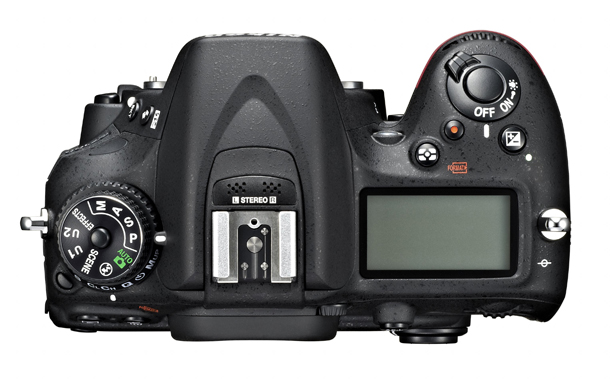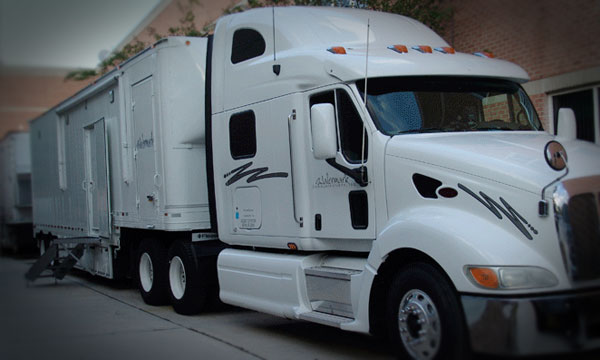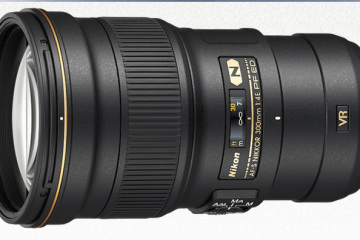Because it’s the time for wishing on what we desire in the new year, we decided to write about the upcoming full-frame user friendly flagship from Canon. We’re talking about the 5D successor of 2015. Weather it will be called 5D mark IV, 5D X or 3D, we can merely speculate, and it’s not important. What is important for photographers now is what it will have under the bonnet. There has been a massive shift in the past 5 years from pro bodies (the 1D series) to the smaller 5D. Who wants to carry around a 3 pound camera, when the 1.5 pound one can deliver virtually the same images. The 1D X is a monster of a camera, and apart from the ultimate in weather sealing and a blazing fast burst rate, it’s got nothing on the 5D mark III. The later features one of the best autofocus systems in any camera, ever, making it perfect for any situation. There’s only one aspect where it’s not the best: the focusing in extreme low light situations. Both the Canon 6D and the Nikon D750 can focus at a range of -3.0 EV underexposure – which means in very dark situations, in layman’s terms. You could use autofocus on very slow lenses like f/6.3 or f/8 with an adapter, or use a f/2.8 lens and focus in pitch dark conditions. It will lock on target and deliver a focused image.
The ability to focus in very dark conditions is the first thing we expect to see on the Canon 5D mark IV. This is a given, there’s no way Canon would release a new model into this range without featuring this ability. It would make no sense and it will surely hurt their sales. A big issue with the Canon brand cameras at the moment is the fact that they are falling behind in the megapixel race. Nikon leaped all the way up to 36 Megapixels on their smaller flagships, and they removed the optical low-pass filter to make images even sharper. Canon certainly has the lenses to make good use of a 30+ megapixel sensor. With the new EF 24-70mm f/2.8 USM L II and the EF 70-200mm f/2.8 IS USM L II, it’s a shame their highest megapixel count is a mere 21 megapixels. A number they’ve had since 2008. We don’t want to imply that it’s not enough, it’s definitely more than any 35mm camera user needs. But markets don’t always work around needs, sometimes it’s the wants of the consumers that drive them. A 40 megapixel sensor would put Canon back ahead in the game, and loyal consumers would feel better about their purchase of new equipment. Nikon played it steady at 12 megapixels for a few years, until they launched the D3x, which at the time featured a monstrous 24 megapixels. We can’t be sure what the exact number of pixels will be, but it definitely won’t be lower than 21 megapixels.
As far as connectivity goes, we expect to see Wi-Fi and GPS, perhaps even an NFC, although the later is not crucial, nor do we suspect most users require it. NFC connects the camera to a smartphone device, trough touching them or holding them close. It seems more like 2000’s era infrared, where you could transfer data from a phone to another. Wi-Fi can work up to tens of feet and can remain connected at these distances. There really isn’t a need for Near Field Communication in a professional or even amateur photographer when you have Wi-Fi. Nikon is falling a bit behind in this chapter, they’re only offering Wi-Fi as an add-on. This is just bad design. Why anyone would think it a good idea to have a separate adapter for something which other cameras do out of the box is beyond our comprehension. Last camera i purchased has GPS incorporated – i never use it, but i’m glad it’s there, and if i payed 50-100$ more just for that feature alone, I don’t mind. I might go way off road, into terrain uncharted by maps, and then I’ll be glad I have it, to know where I took the picture. Sure, it drains twice as much battery when I leave it on, but that’s why I carry spares.
Speaking of batteries, this is a chapter where Canon never had any issues, you always get plenty of shots, we trust they’ll make the right choice in this regard. Perhaps the one from the 5D Mark III, given the fact it’s a new type, which indicates more precisely how much juice you have left. A tilt screen like the Nikon D750 features would be a very good thing to feature. It would be especially useful since a large group of consumers use the 5D mark II and 5D mark III for video work. Production companies big and small love the Canon cameras for shooting video and we don’t expect this to change with the Canon 5D mark IV.
There might be though, as in the case of Nikon D800 and D800E or the Sony A7R and A7S, two different cameras, for different applications. The Sony example might be better, since videographers everywhere drooled over the capabilities and performance of the A7s with its incredible 400k ISO and superb low-light rendering. We might actually see a Canon 5D successor with a lower resolution than the current model alongside one with a much higher resolution. But then again, Canon did invest heavily in its EOS 1 C system, and they might just ignore the intriguing path of Sony, trusting that their DSLR users like to have it all in one package, like they do with the 5D mark III.
The Canon 5D mark IV, or whatever the Canon 5D mark III successor will be called, will definitely be on every Canon user’s wishlist in 2015. We expect nothing but the best features after the company proved, with heir current model that you can have your cake and eat it too. High image quality, blazing fast autofocus, a respectable frame-rate, all inside a non-pro size body. Up to the current 5D, you had to choose one or the other. We like the path they took and we expect great things from their next full frame camera. Are there any features you think should be added to the Canon 5D mark IV ? Tell us in the comment section





